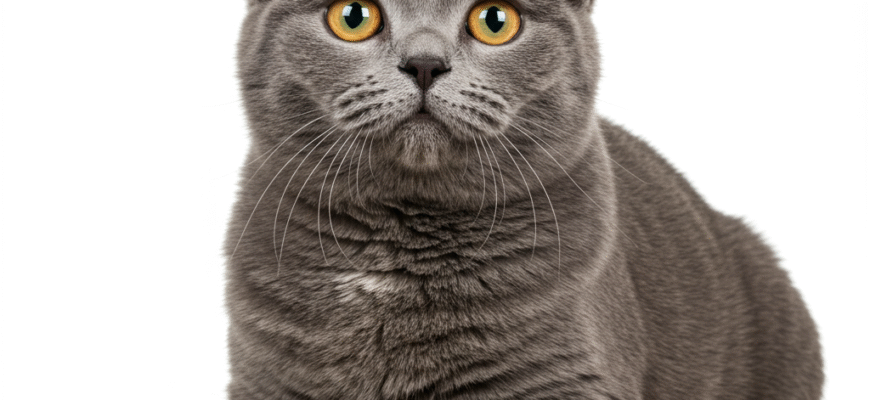Content
A Glimpse into Their Past
The story of the British Shorthair is intertwined with the history of Britain itself. Their ancestors are thought to have arrived with the Romans, tasked with keeping rodent populations in check within camps and settlements. These practical, hardy cats adapted over centuries to the British climate, developing their signature dense fur and robust physique. While they served utilitarian purposes for ages, the late 19th century saw the beginning of dedicated breeding programs. Harrison Weir, often called the “Father of the Cat Fancy,” was instrumental in championing native British breeds, including the Shorthair, showcasing them at the Crystal Palace cat show in 1871. Though their numbers dwindled during the World Wars, dedicated breeders worked tirelessly to preserve and refine the breed, leading to the wonderful companions we know today.The Look: Chunky Charm and Plush Coats
You can often spot a British Shorthair by its distinctive appearance. They are medium to large cats, well-muscled and heavy-boned, giving them a noticeably solid feel – often described as ‘cobby’. Everything about them seems rounded: their broad chests, strong legs, blunt tails, and most notably, their large, round heads set on short, thick necks. Their cheeks are particularly full, especially in mature males, contributing significantly to that endearing ‘teddy bear’ look. Large, round eyes, typically a striking copper or deep gold (though eye color varies with coat color), gaze out with a calm, intelligent expression. Of course, their coat is a defining feature. It’s short, incredibly dense, and feels crisp or plush to the touch, standing away from the body rather than lying flat. While the British Blue – a solid, even grey-blue coat with copper eyes – is the most iconic and widely recognized variety, British Shorthairs actually come in a vast array of colors and patterns. You’ll find them in solids (white, black, cream, red), torties, tabbies (classic, mackerel, spotted), colourpoints, bi-colours, and more. Regardless of the color, the coat’s texture remains uniquely dense and requires relatively straightforward grooming.That Famous Temperament: Calm, Cool, Collected
If you’re looking for a feline friend who epitomizes tranquility, the British Shorthair is an excellent choice. They are famously unflappable and placid. Unlike more demanding or hyperactive breeds, they tend to take life in stride. They enjoy affection and companionship but are typically not ‘in-your-face’ cats. They’re more likely to sit near you on the sofa than demand to be the constant center of attention on your lap, although many enjoy a gentle cuddle on their own terms. Their independence is a key part of their charm. They tolerate being left alone reasonably well, making them suitable for individuals or families with busy schedules, provided their needs for interaction and stimulation are met when people are home. They are generally quiet cats, not known for excessive meowing, preferring to communicate subtly or with a gentle chirp. This calm nature extends to their interactions with others. British Shorthairs are often remarkably tolerant of children, provided the children are taught to interact respectfully. Their patience and sturdy build mean they are less likely to become easily agitated. They also tend to get along well with other pets, including dogs and other cats, especially if introduced properly and given time to adjust. They aren’t typically aggressive or overly territorial.Be vigilant about your British Shorthair’s diet and activity levels. Their naturally sturdy build and relaxed nature mean they can easily become overweight if overfed or under-exercised. Excess weight can lead to serious health issues later in life, including joint problems and diabetes. Always provide high-quality food in measured portions and encourage daily play sessions.









